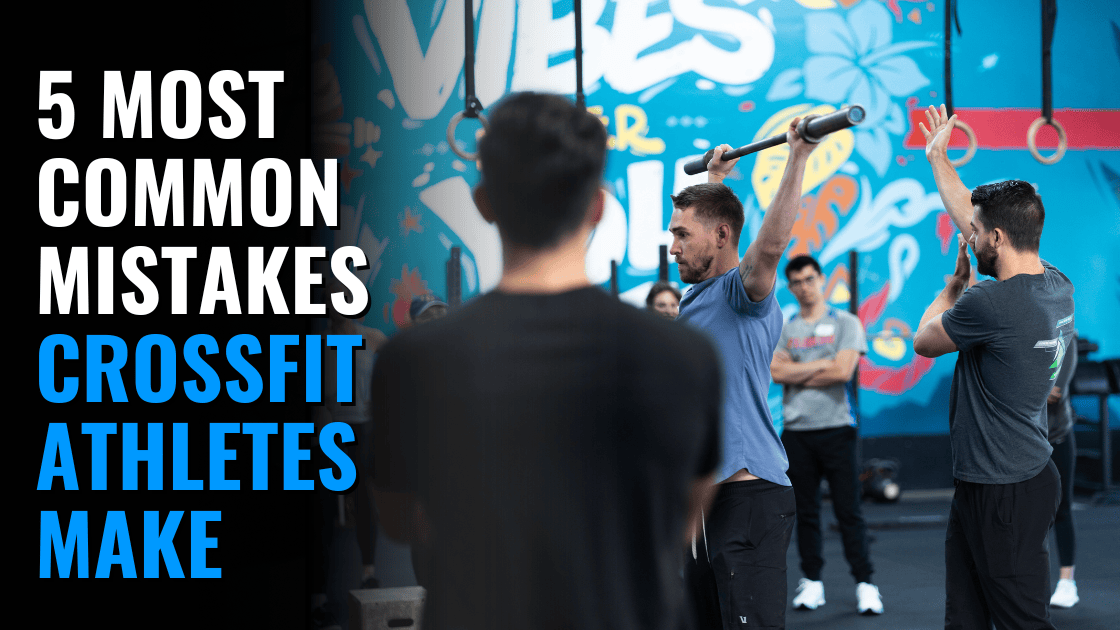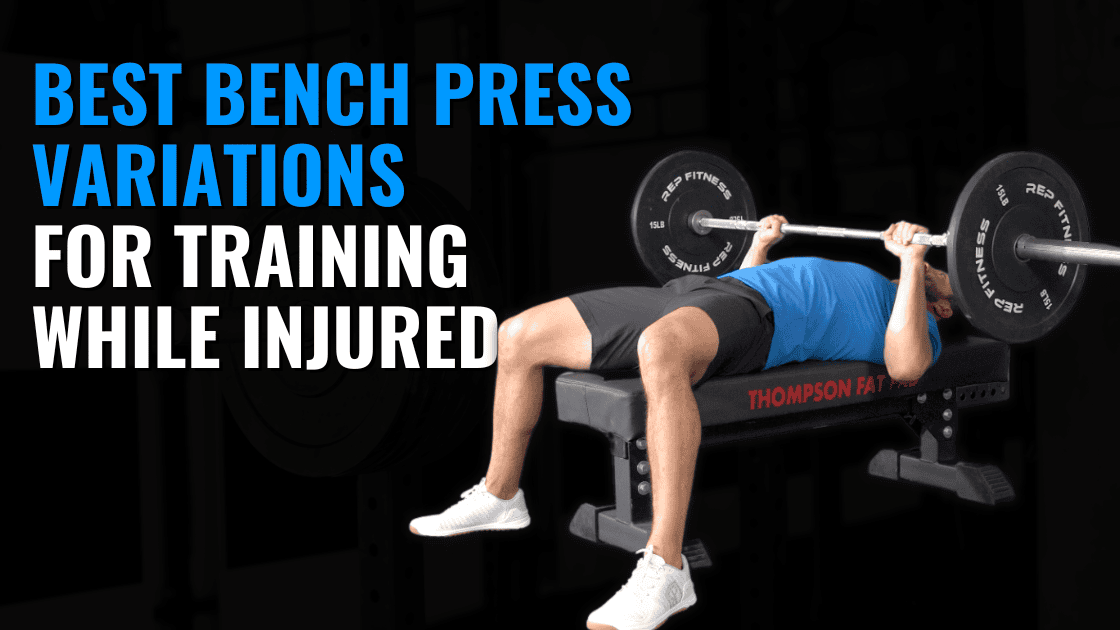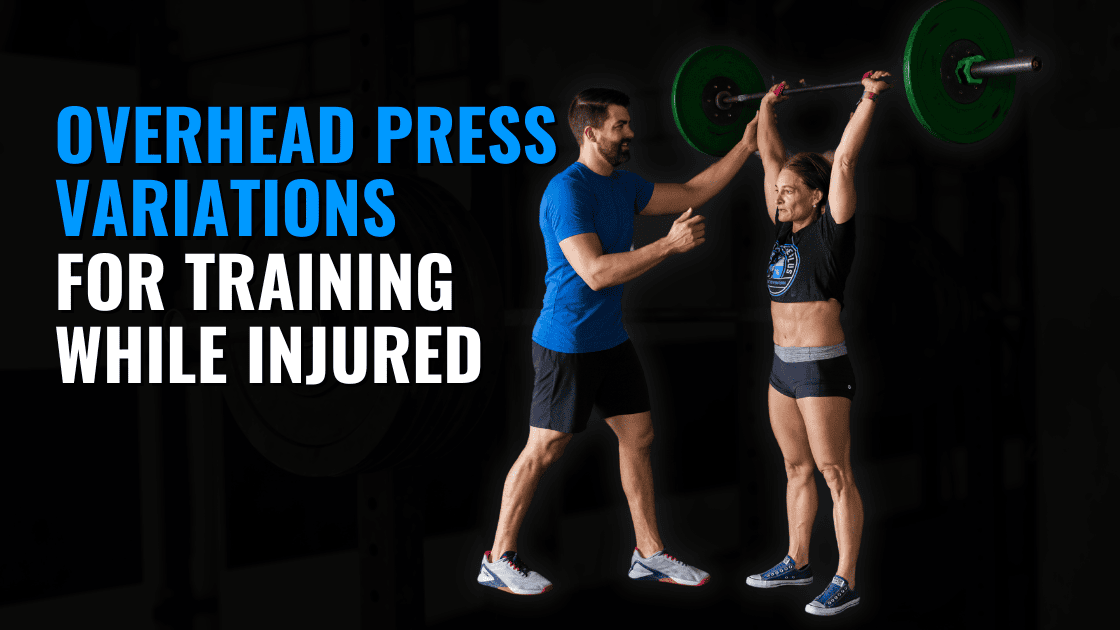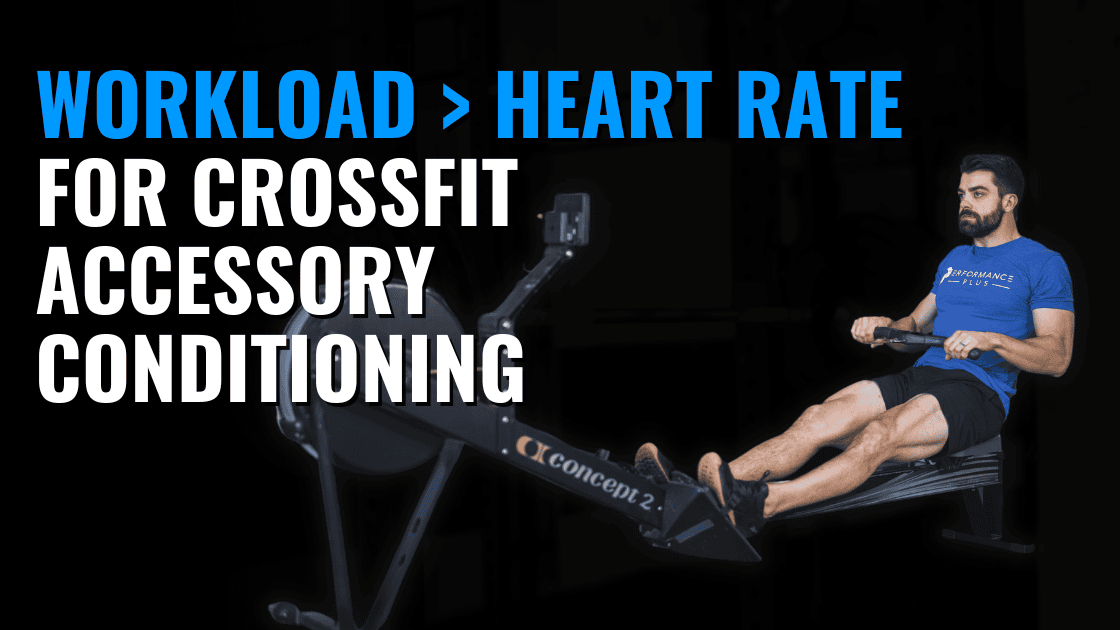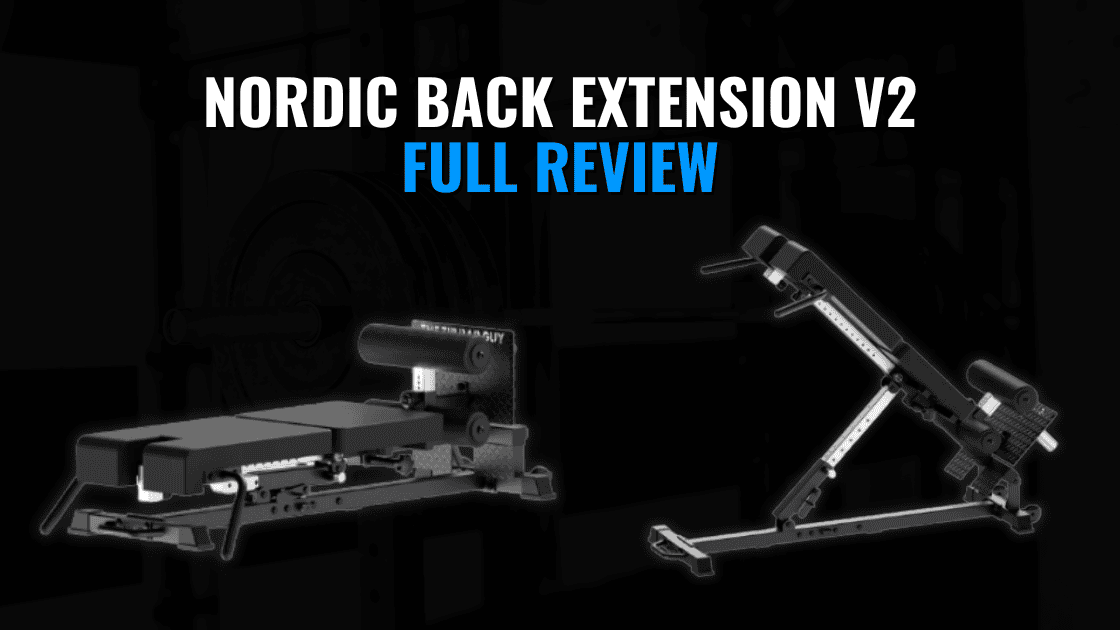CrossFit athletes are some of the hardest-working individuals in the gym. But even the most dedicated lifters can unknowingly sabotage their progress by making small mistakes that add up over time. Whether you’re trying to hit new PRs, improve gymnastics skills, or build an unstoppable engine, avoiding these five pitfalls will set you up for long-term success.
Let’s break down the most common mistakes we see—and how to fix them.
1. Maxing Out Olympic Lifts Too Often
Olympic lifts are exciting. There’s a unique adrenaline rush that comes from chasing PRs on the snatch or clean & jerk. But constantly going for max-effort attempts can lead to poor motor patterns, inconsistent technique, and eventually stalled progress or injury.
The Fix: Shift your focus to volume at moderate percentages (around 70–85%). This approach allows you to refine technique, build speed and positioning, and develop the consistency required to hit heavy weights more reliably over time.
View this post on Instagram
2. Only Doing Gymnastics Work During Metcons
We get it—most CrossFit workouts already include a heavy dose of gymnastics. But doing muscle-ups, handstand push-ups, or toes-to-bar only in the middle of a grueling metcon isn’t the best way to build skill.
Under high fatigue, motor learning is limited. Athletes often rely on compensation strategies, reinforcing poor movement patterns and increasing injury risk.
The Fix: Prioritize gymnastics work outside of WODs, when you’re fresh. Low-fatigue skill sessions allow you to focus on mechanics, control, and strength development—especially critical for more advanced movements.
Our gymnastics programs combine strength work and technique drills for smarter progression.
3. Neglecting Strict Gymnastics Strength
You can’t out-kip a weak foundation. Kipping pull-ups, muscle-ups, and handstand push-ups all require a solid base of strict strength to perform well and safely. Relying on momentum without first mastering the strict version often leads to inefficient movement and shoulder irritation.
The Fix: Build capacity in strict pull-ups, dips, handstand holds, and push-ups before layering on dynamic versions. This foundation boosts performance and reduces injury risk in more complex movements.
Check out our free Accessory Exercises eBook for tons of ideas to build that foundation.
View this post on Instagram
4. Going High-Intensity 6 Days a Week
CrossFit thrives on intensity, but more isn’t always better. If you’re training 3–4 days per week, hitting each session hard can work. But when training frequency increases, constantly going all-out leads to excessive fatigue and stalled recovery.
What’s often missing is aerobic development through low-intensity, steady-state (LISS) work. This training creates adaptations that high-intensity work doesn’t—like improved mitochondrial density and recovery capacity.
The Fix: Blend your training with intentional LISS work (e.g., biking, rowing, or running at conversational pace for 30–60 minutes). This boosts endurance without crushing your CNS and helps you recover faster between high-intensity efforts.
Conditioning eBook: Tired of feeling gassed mid-WOD? Get our free Build Your Engine eBook to train smarter and breathe easier.
5. Following Generic Mobility Plans
Mobility work often gets slapped on at the end of a session—or worse, skipped altogether. And even when athletes do commit to mobility, they often follow generic routines that don’t address their specific restrictions.
The Fix: Stop guessing. Assess what areas are truly limiting your performance—shoulders, hips, ankles, thoracic spine—and focus your mobility work there. Targeted, high-volume, and consistent mobility work will make a far greater impact than random routines that check a box. Our Ultimate Mobility Checklist will help you here!
View this post on Instagram
Common CrossFit Mistakes Conclusion
Correct these common mistakes and you’ll train more efficiently, stay healthier, and perform better in every aspect of CrossFit.

